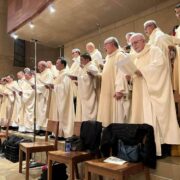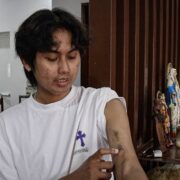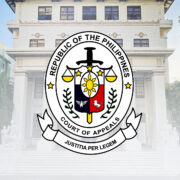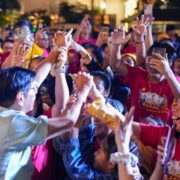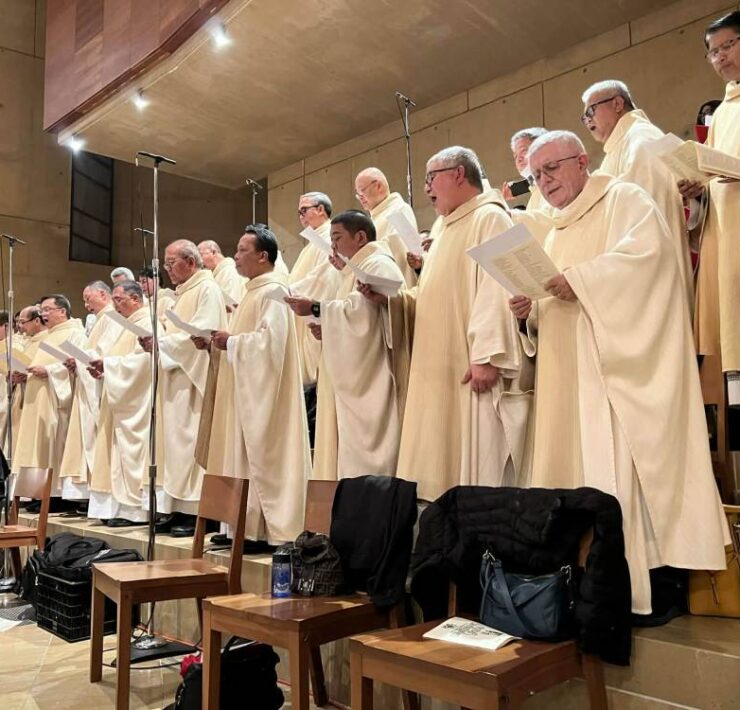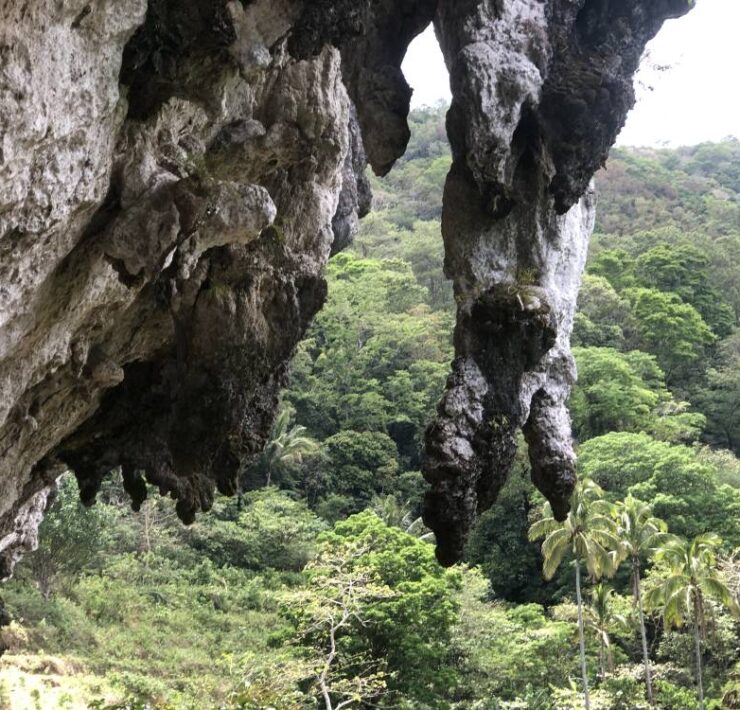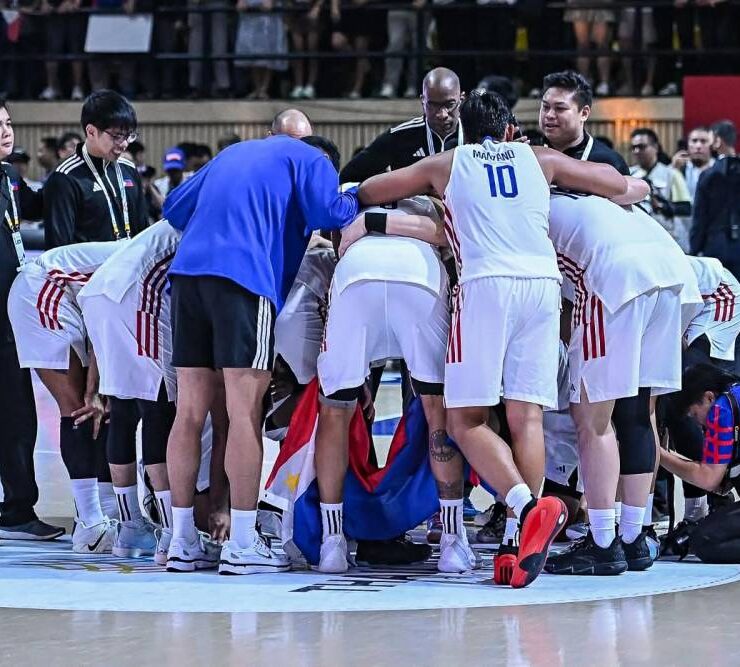Iloilo’s Dinagyang: Binding community through faith
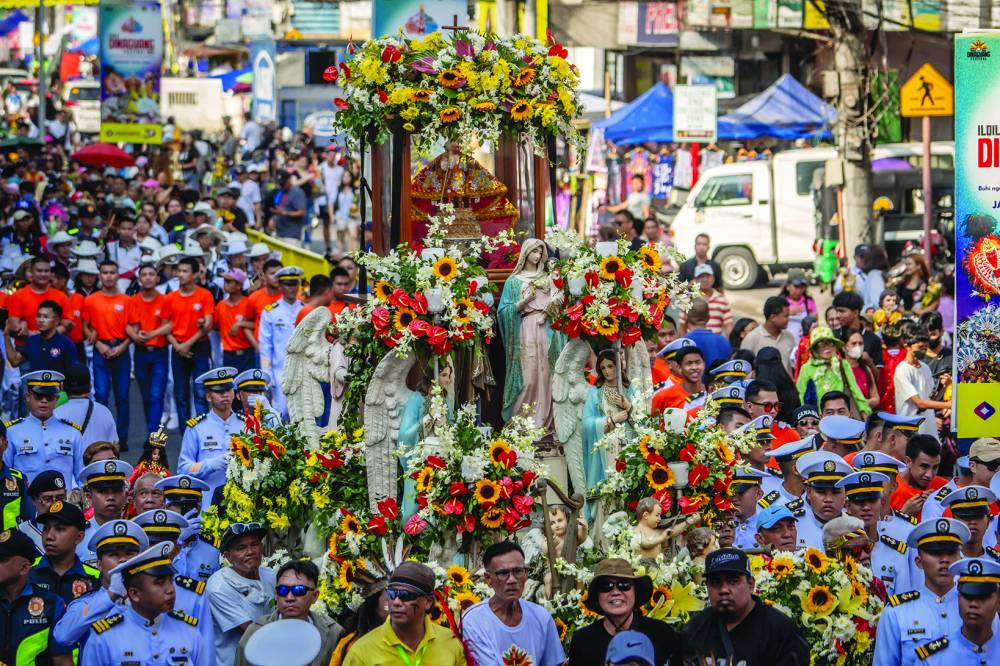
ILOILO CITY—Gicelle Magno still remembers the electrifying energy when she first joined the Dinagyang Ati Tribe competition in 2007 when she was just a high school freshman.
“What started as a way to earn extracurricular points in school became something deeper. As the years went by, my performances turned into praise for the Sto. Niño (Holy Child Jesus),” says Magno, now 29.
The annual Dinagyang Festival, she says, made her feel alive as she saw people from different walks of life gathering to express their devotion and faith.
Although she no longer dances on stage, Magno will join the throng of people who are expected to troop to the streets of Iloilo City to join the city’s biggest festival.
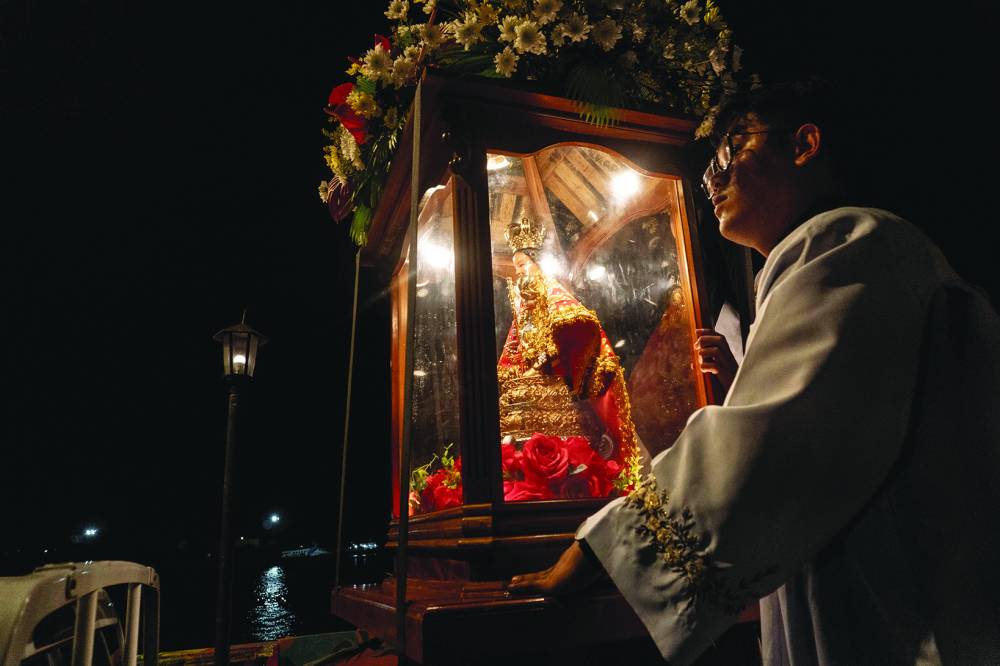
This enduring spirit of unity and faith comes alive again today as vibrant drumbeats reverberate across the city, transforming Iloilo into a giant street party for the Dinagyang. From the perspective of individuals like Magno to the larger-than-life festival itself, Dinagyang is a celebration that pulsates with life and color.
Every January, Iloilo City transforms into a vibrant hub of culture, rhythm and faith. The festival’s highlights include the much-anticipated Dinagyang Tribe Competition and the inclusive Sadsad sa Calle Real street dancing, which invite revelers to immerse themselves in a shared cultural experience.
In the morning, eight tribes compete in a display of synchronized choreography, colorful costumes and drum beats for the Dinagyang Tribe Competition at the Freedom Grandstand. In the afternoon, the revelers join in the street dancing through the Sadsad sa Calle Real in downtown Iloilo City.
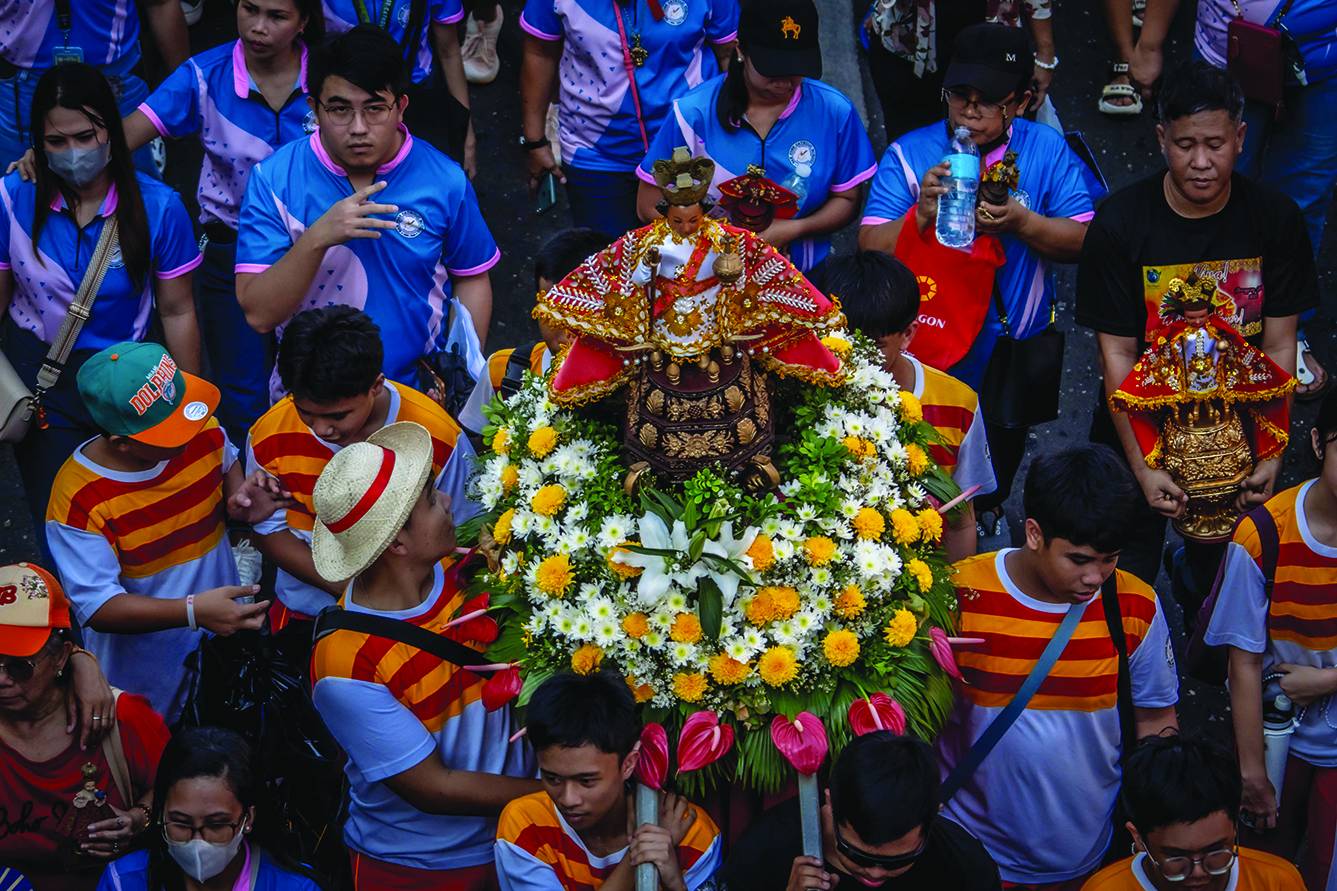
Expression of faith
But more than a festival, Dinagyang is an expression of the Ilonggos’ resilience and faith to the Sto. Niño.
“Let us remember that this celebration is about faith, culture and community. It is [an occasion] to honor Señor Sto. Niño, showcase our vibrant traditions and unite as one people,” Mayor Jerry Treñas said.
Dinagyang was named the country’s “Best Tourism Event” by the Association of Tourism Officers of the Philippines from 2006 to 2008. It also earned other prestigious honors such as the Asia-Pacific Folklore Festival of 2024 at the Asia Festival Awards held in Pattaya, Thailand; and the Best Festival in the Visayas award at the 2024 Philippine LEAF (Live Entertainment Arts and Festival) Awards.
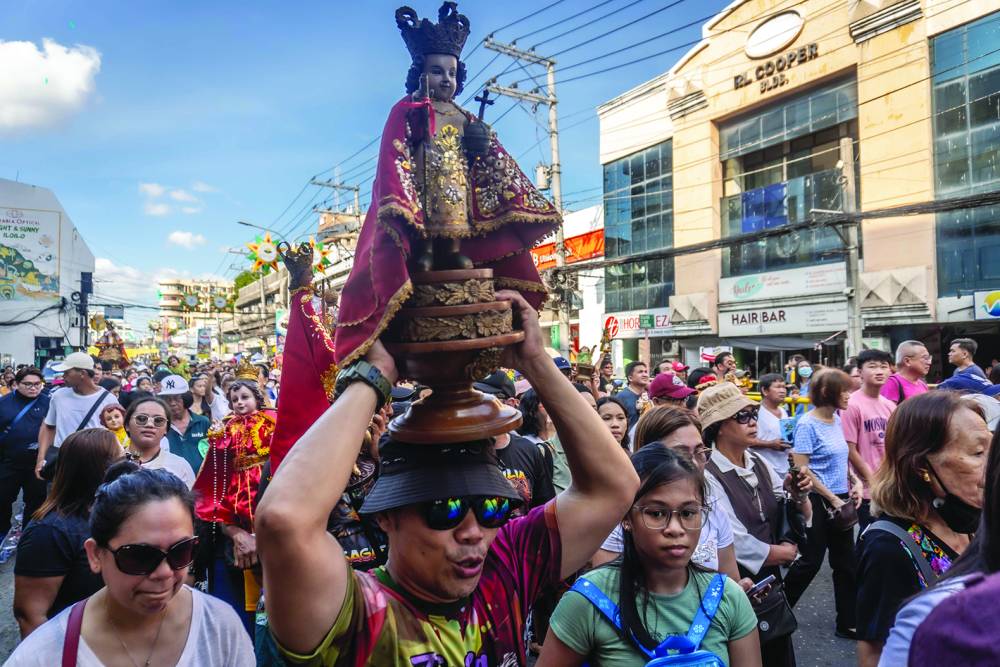
“As a three-time best tourism event in the country, Dinagyang has been known on the national and global stage, making it one of the most highly anticipated events for visitors and tourists,” Treñas said.
Known for its dynamic performances and deep-rooted heritage, this year’s celebration promises to be more exciting than ever.
The 2025 version of the Dinagyang carries the theme “Buhi nga pagtuo sa kinabuhi sang mga Ilonggo (A living faith in the lives of the Ilonggos)” to emphasize the importance of faith and community among the Ilonggos.
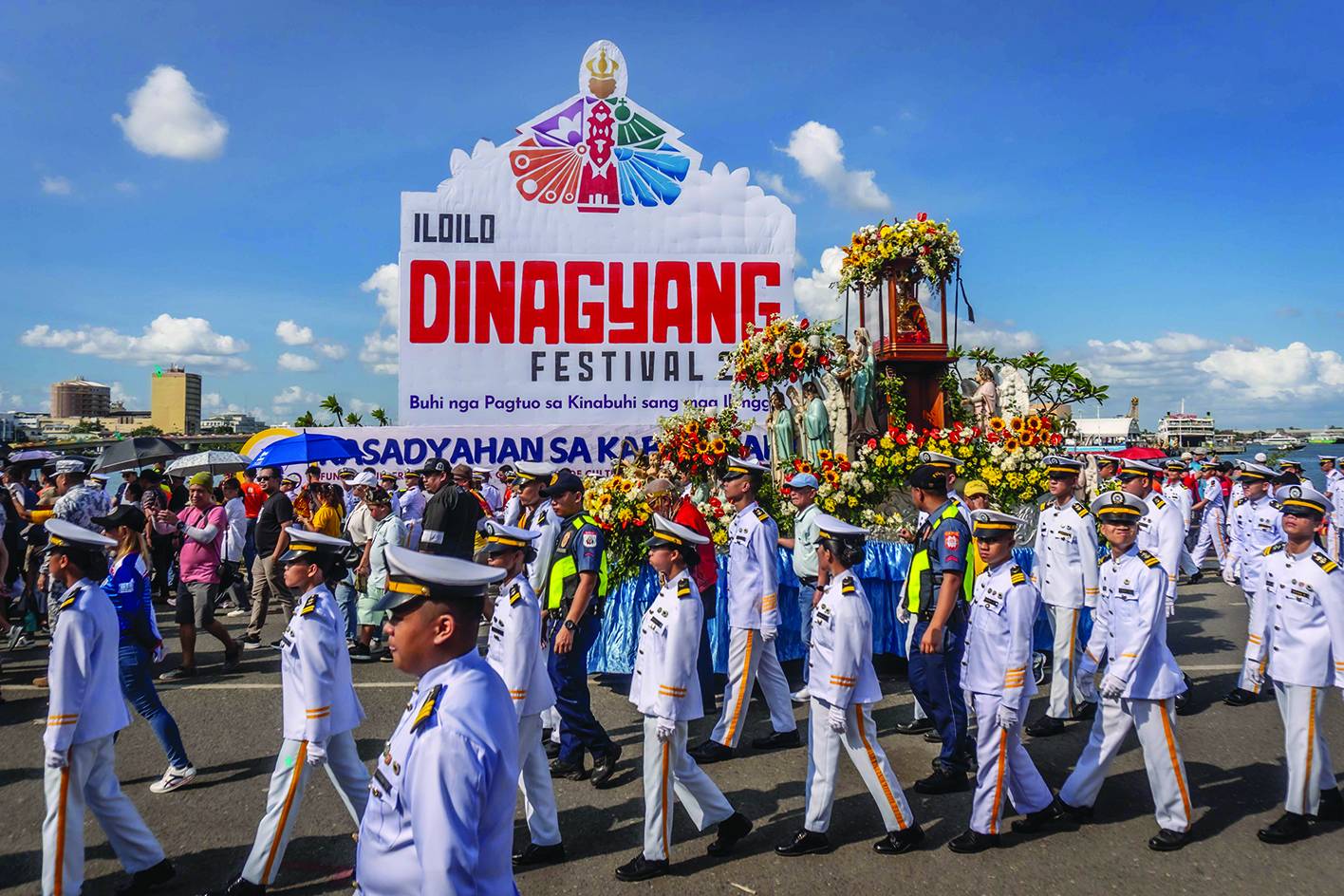
passionate devotees from getting too close to the “carroza” (carriage).
Eight “tribes” will compete in today’s Dinagyang Tribe Competition. They are Tribu Paghidaet of La Paz National High School, Tribu Salognon of Jaro National High School, Tribu Parianon, Tribu Ilonganon of Jalandoni Memorial National High School, Tribu Pag-asa Kang Mandurriao, Tribu Hangaway, Tribu Molave and Tribu Pan-ay of Fort San Pedro National High School.
Spectators look forward to the performance of Tribu Pan-ay, which didn’t only win last year’s Dinagyang but was also named grand champion in the 2024 national Aliwan Fiesta, which has been showcasing the best festivals from across the country since 2003.
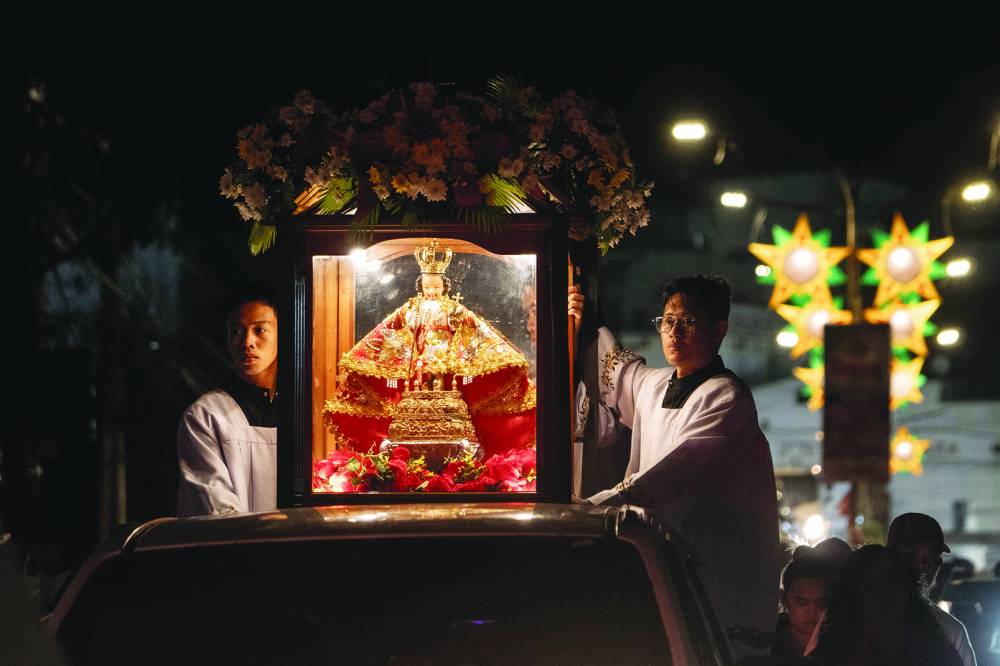
Story of conversion
While the theme of the performance mainly revolves around the conversion of the Ati to Christianity, what makes the performances visually appealing are the rapid movements of “warriors” and dancers on mobile platforms and the quick transitions in the storytelling.
In the afternoon, revelers get to join in the more inclusive Sadsad sa Calle Real street dance parade in downtown Iloilo City from 2 p.m. to 5 p.m.
Unlike traditional competitions, the street event invites everyone to join six noncompeting tribes—Tribu Panaad, Tribu Calubihan, Tribu Familia Sagasa, Tribu Irong-irong, Tribu Aninipay and Tribu Halimaw—in a shared celebration of rhythm and cultural pride.
“This is not just a spectacle to watch. It’s a shared experience,” said Eric Divinagracia, the festival’s artistic director. “I think that is the true spirit of Dinagyang, the coming together of our community.”
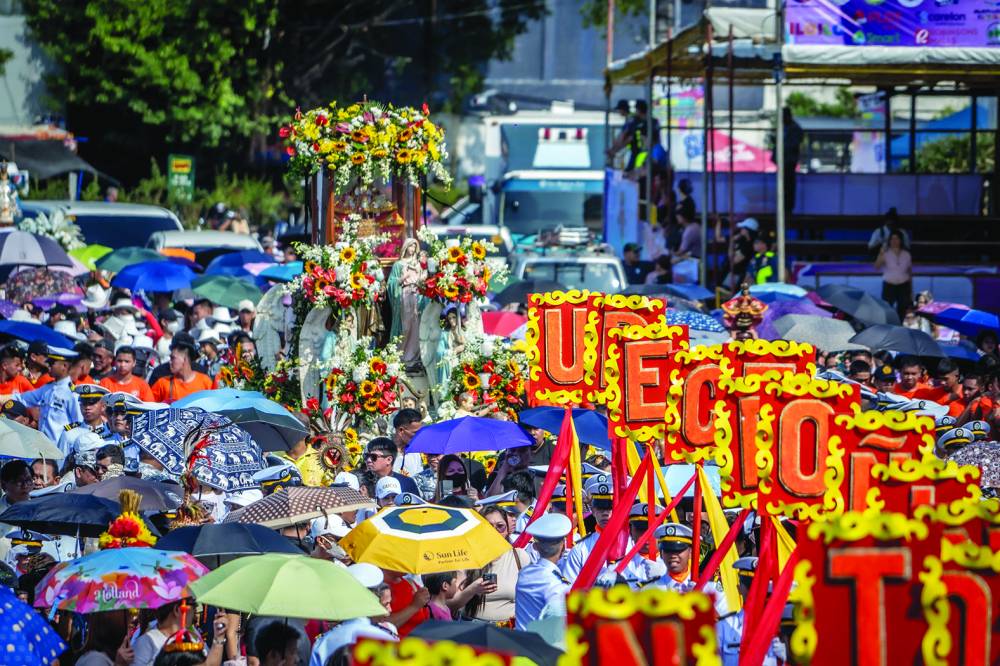
Sadsad offers an alternative for attendees who failed to secure tickets to the Ati Tribe Competition.
As it is an election year, the Iloilo City government has banned all campaign and political materials during the Dinagyang in a bid to highlight the religious aspect of the 57-year-old celebration.
The Ati Tribe Competition and the Sadsad were the culmination of a weekend cele.bration that started with the fluvial procession in Iloilo River followed by a foot procession that brought the image of Sto. Niño to its home in San Jose de Placer Parish Church on Friday afternoon.
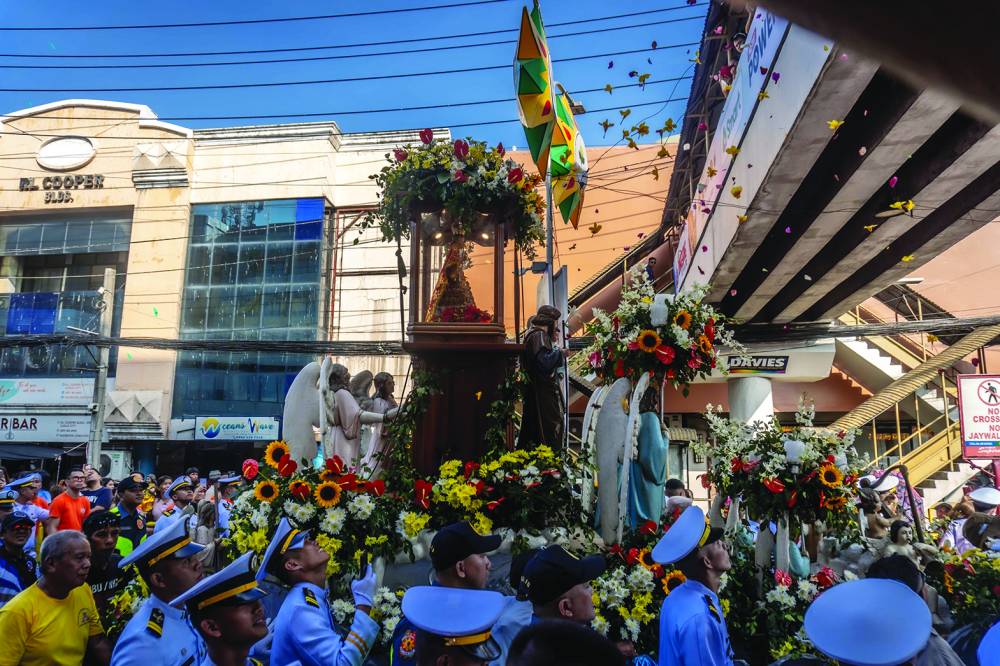
On Friday night, revelers gathered at the Iloilo Business Park for the Dinagyang ILOmination Streetdance Competition and the Floats Parade of Lights where lighted festivals across the country had been invited to participate.
On Saturday, there was the “Kasadyahan sa Kabanwahanan” hosted by the provincial government which featured the festivals of nine towns. Later that night, devotees trooped to San Jose Parish Placer for the Religious Sadsad where they danced, changed and prayed to the Sto. Niño.
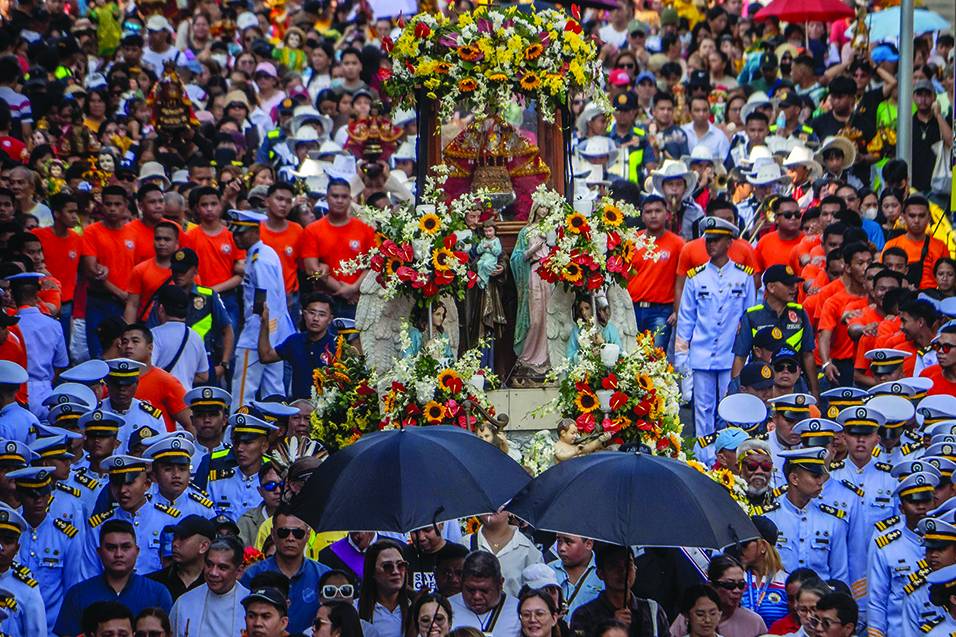
Roots
Dinagyang Festival, celebrated every fourth Sunday of January, traces its origins back to 1967 when Fr. Ambrosio Galindez, the first Filipino rector of the Augustinian order and the parish priest of San Jose Parish, introduced Iloilo to the veneration of the Sto. Niño.
The devotion, however, officially started a year later, in 1968, when Fr. Sulpicio Enderez of Cebu brought a replica of the original Sto. Niño de Cebu image to Iloilo as a gift to San Jose Parish.
Devotees, led by the Iloilo chapter of the Cofradia del Santo Niño de Cebu, organized a grand reception for the image.
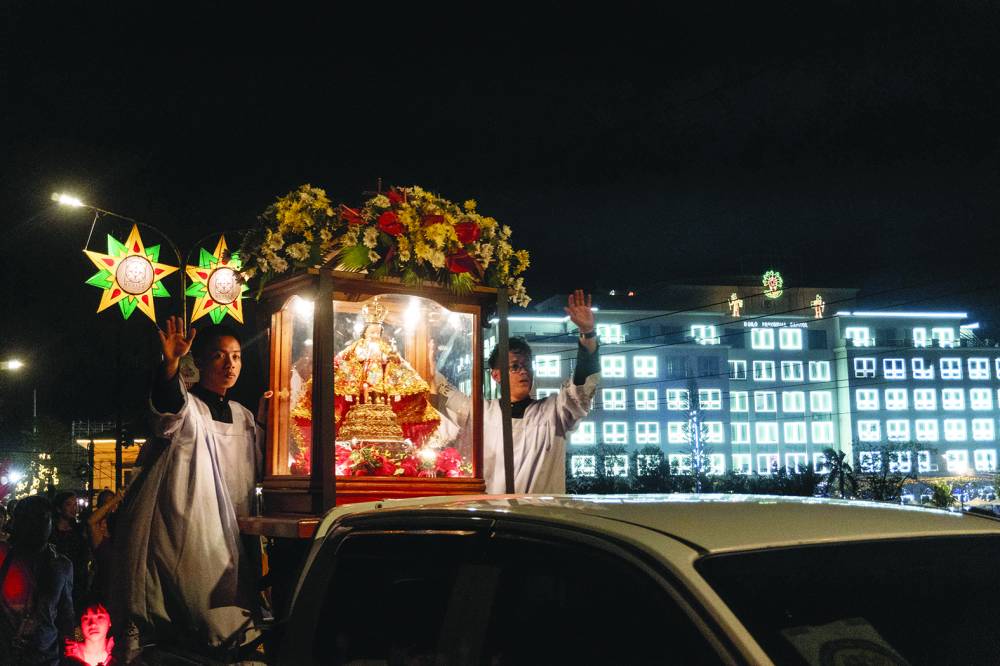
The procession began at the Iloilo Airport and continued through the city streets, marking the first steps of what would eventually become a much-celebrated tradition.
Initially, the celebration remained a parish event but transitioned to a citywide cultural showcase.
When the government mandated each region to establish festivals in 1977, Iloilo City adopted its Ati-Atihan Festival as its signature celebration.
But organizers later changed “Ati-Atihan” to “Dinagyang” to avoid duplicating the more famous festival staged by Kalibo, Aklan.
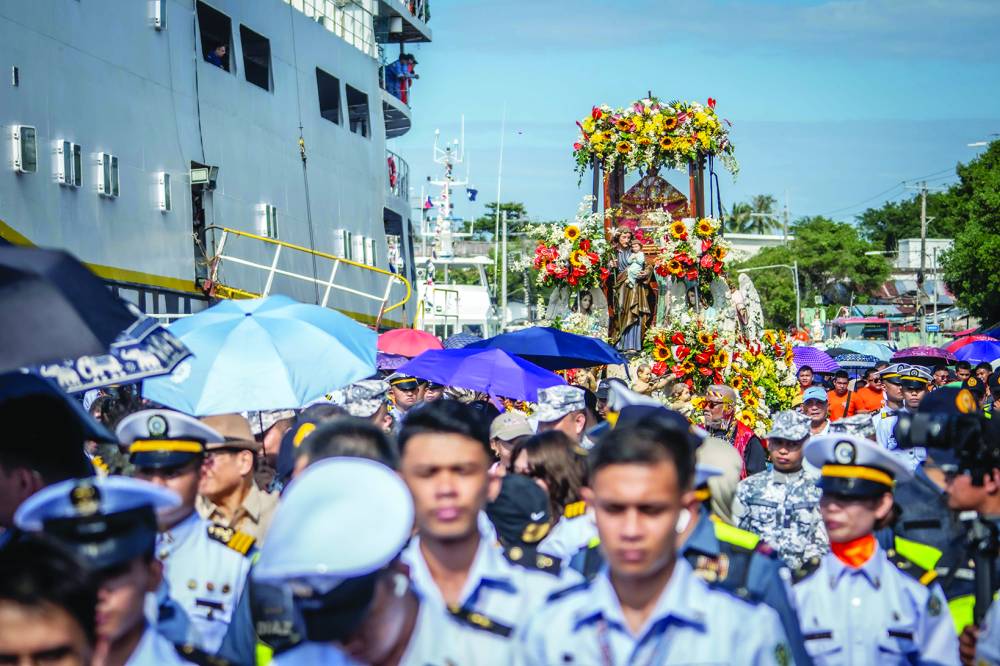
As Iloilo City grew into a bustling urban hub, so did the festival.
Treñas encouraged the people to visit Iloilo and be part of Dinagyang. “This is a perfect celebration of the vibrant faith in the lives of Ilonggos. Let us all come together to give thanks for all the blessings we received,” he said.




